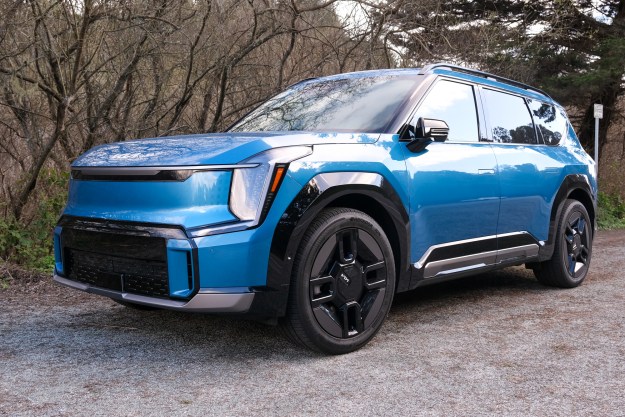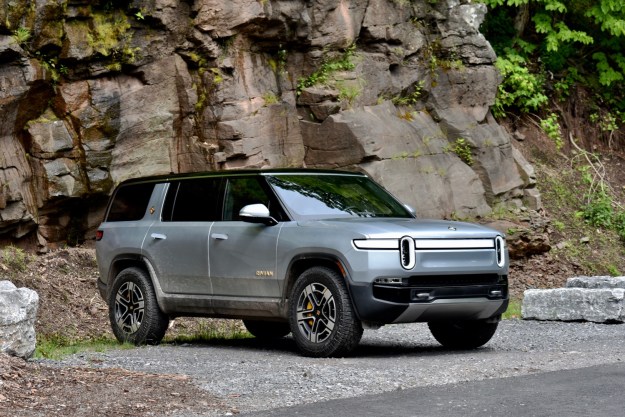The current Chevrolet Camaro was designed to be a more well rounded performance car, one that can carve corners as well as blitz quarter miles. Now that it’s accomplished that goal, Chevy is taking the Camaro back to its roots.
At the 2016 SEMA show, Chevy unveiled the 2017 COPO Camaro, an updated version of the Camaro drag racer it builds in limited batches every year. Most people will never get their hands on a COPO Camaro, though, so Chevy is also trying to spread the love with a new Drag Race Development Program that will churn out performance parts for other Camaro models.
The COPO Camaro references a famous bit of muscle car lore. “COPO” stands for “Central Office Production Order,” a backdoor ordering system Chevy dealers and customers used beginning in 1969 to create high-performance Camaros that weren’t available through official channels. Chevy revived the name in 2012 for Camaro drag racers. Just 69 2017 COPO Camaros will be built.
Read more: Spruce up your BMW with these M Performance Parts
Like all versions built since 2012, the 2017 COPO Camaro is designed for the National Hot Rod Association’s (NHRA) Stock Eliminator class. It uses a stock Camaro body, but with completely reworked steering, brakes, and suspension. Buyers can choose from a supercharged 5.7-liter V8 or naturally aspirated 7.0-liter V8 from the old LS family, or a 6.2-liter V8 from the LT family used in the current-generation Camaro and Corvette. All engines come with a three-speed automatic transmission.
Chevy also brought a Camaro SS test car from its Drag Race Development Program to SEMA. It features modifications often made by amateur racers, such as a new differential and tweaked engine internals, according to Chevy. The Camaro SS has made more than 100 drag strip passes to evaluate new performance parts, with a best quarter-mile time of 10.685 seconds at 125.73 mph. Chevy reckons its modified 6.2-liter V8 produces more than 530 horsepower, compared to 455 hp in stock form.
The Camaro SS Drag Race Development car is technically a concept, according to Chevy. But the carmaker plans to gauge customers’ reactions to the car, meaning some of its features could be made available for sale eventually.


